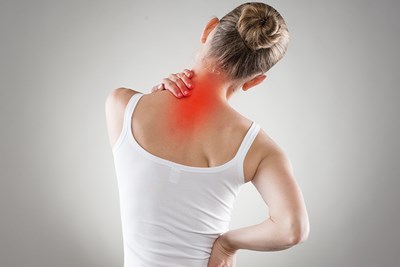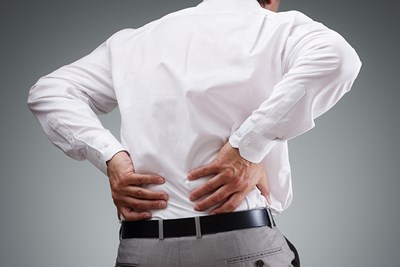Spinal stenosis is a narrowing of the bone channel occupied by the nerves of the spinal cord. It can lead to weakness of the limbs and pain radiating from their spine.
In many patients, spinal stenosis will come as a natural part of the aging process. However, it can occur in younger individuals due to a genetic condition or even an injury. Because of this, it is important to understand some of the terminology that goes along with the condition. Medical terms may seem daunting at first, but many have very simple explanations—here is a quick look at some terms you need to know regarding spinal stenosis.
Stenosis: To start off with, the word stenosis. The word simply refers to the narrowing of any bodily channel.
Vertebrae: These are the interlocking bones that form your spine and house the spinal cord, which is what spinal stenosis is compressing. There are 33 individual bones that form the spinal column, and these are split into three different sections.
Spinal cord: The spinal cord extends the length of your spine, from the base of your brain to the lower back. It consists of bundles of nerve cells. It connects the brain to all parts of the body via pairs of nerves that branch out and leave the cord between the vertebrae.
Osteoarthritis: This is the most common form of arthritis, and it can often lead to spinal stenosis. This form of arthritis wears away of the cartilage of your joints, which can lead to pain and lack of movement.
Claudication: This is leg pain that occurs while walking, and certain types of spinal stenosis can lead to this condition. Many patients find relief from this pain when sitting down.
Lumbar: This refers to a particular section of your spine. Specifically, lumbar spinal stenosis is a stenosis of your lower spine and can lead to claudication. Lumbar spinal stenosis can produce symptoms such as a tingling, weakness or numbness that comes from the lower back and moves into the buttocks and legs.
Myelopathy: Myelopathy is a compression of the spine. Problems surrounding myelopathy include extreme weakness and paralysis. If cervical stenosis reaches this level, surgery may be required.
Cervical: This is the upper portion of your spine. Cervical stenosis happens in the neck and can lead to a myelopathy. Because of this, cervical stenosis will need to be monitored closely.
Myelogram: This procedure is one way of diagnosing spinal stenosis. It involves injecting a special dye into the spine and then performing an x-ray. It is used simply to gain an image of the spine for diagnosis.
NSAID: Standing for “nonsteroidal anti-inflammatory medications,” these are common medications that can be used to help relieve symptoms of spinal stenosis. Examples include both aspirin and ibuprofen.



